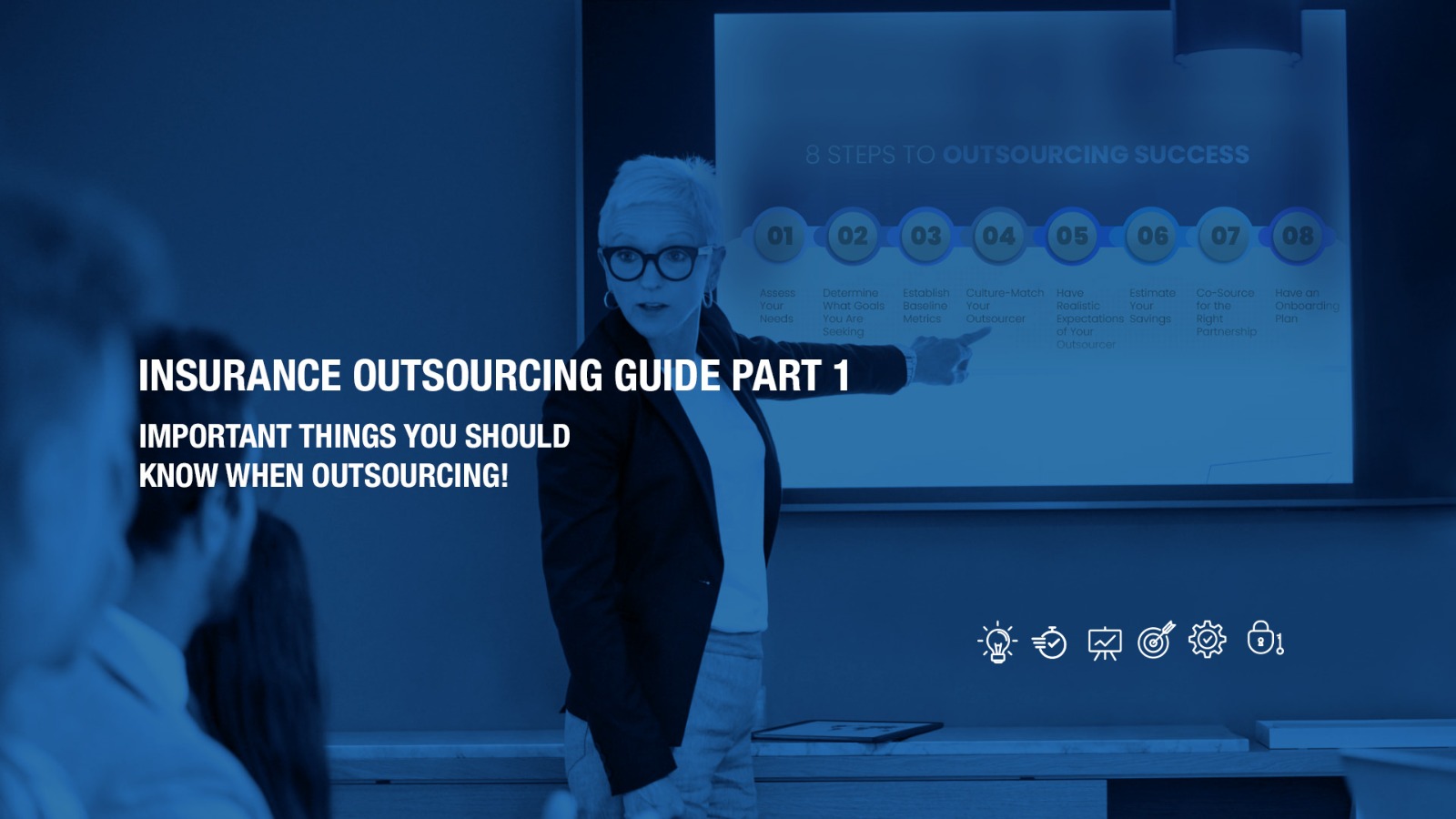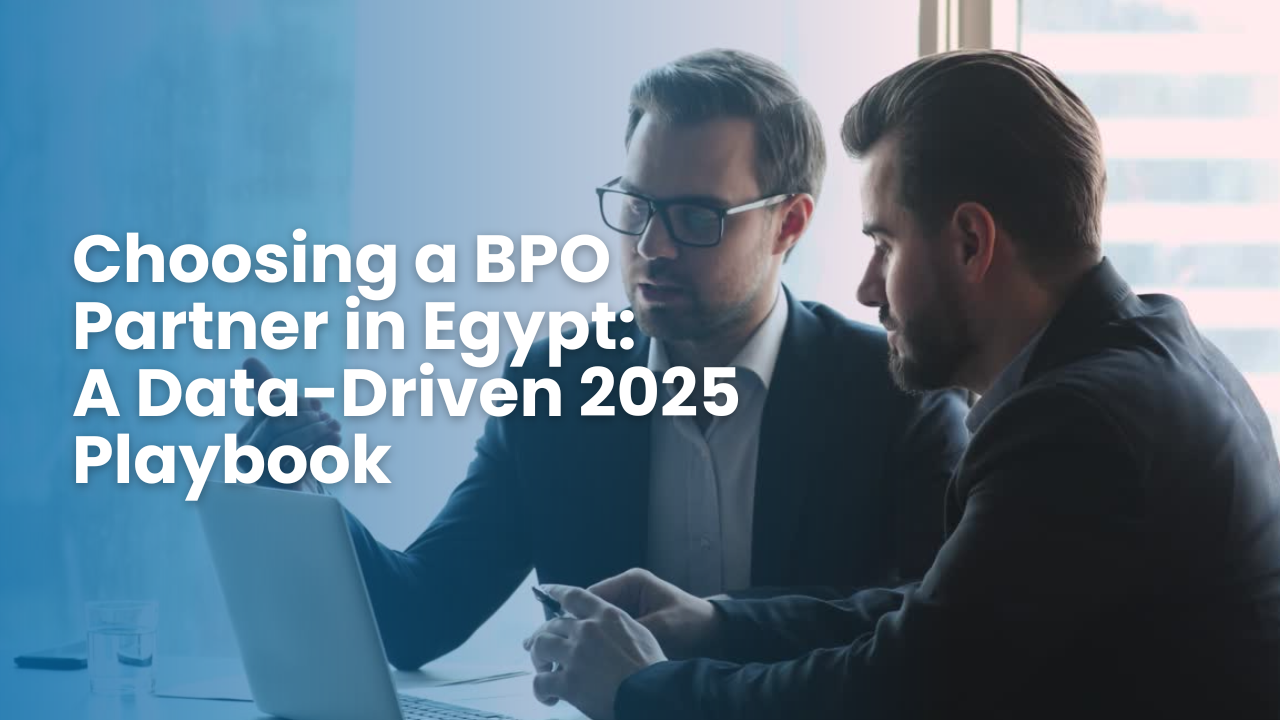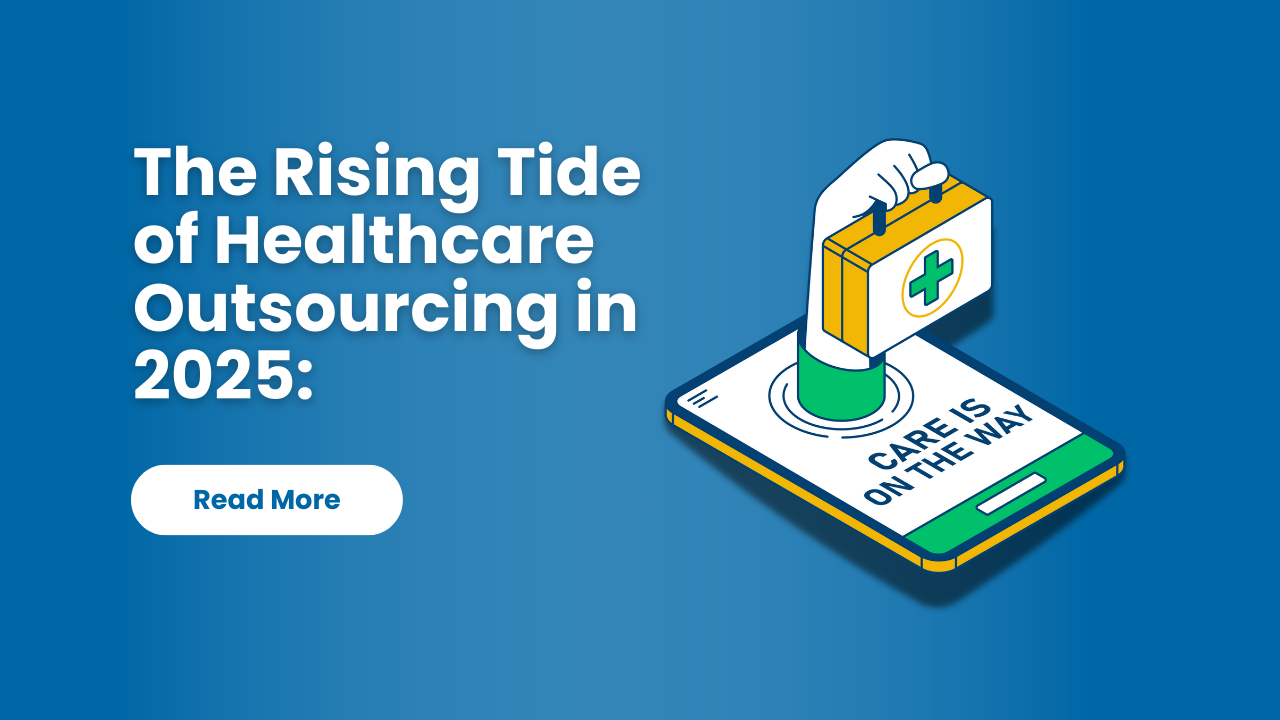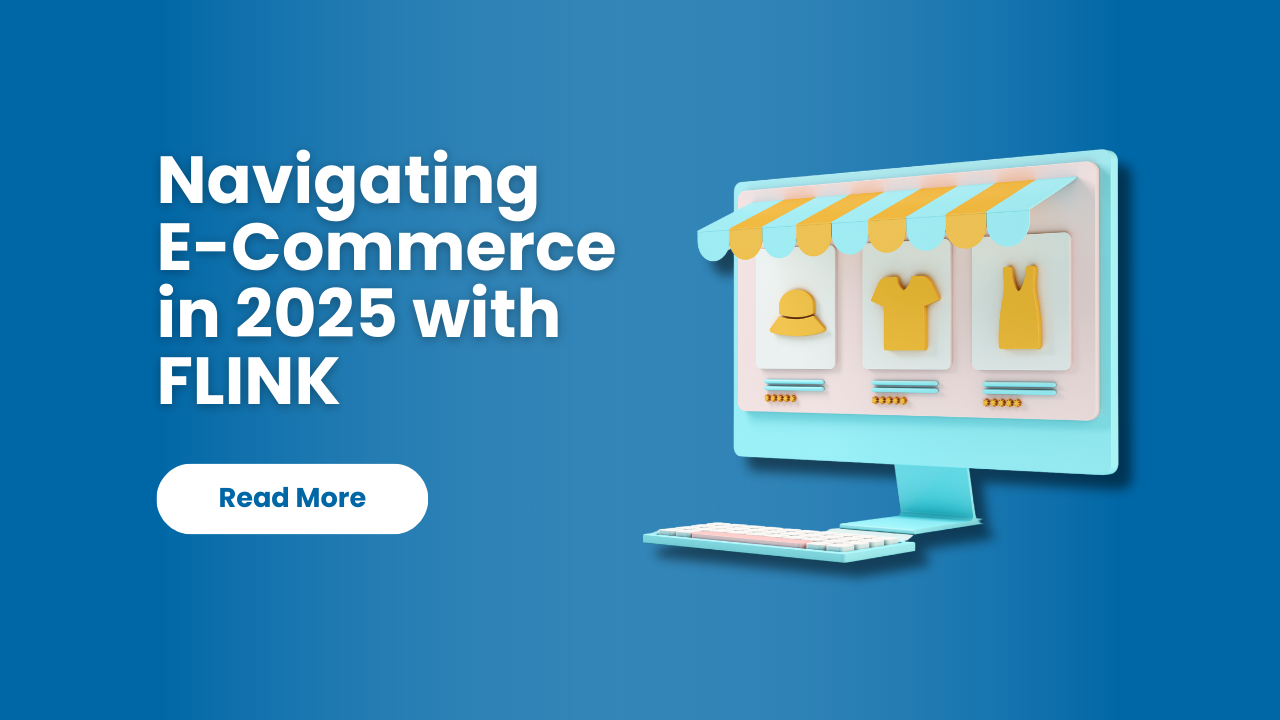Outsourcing can be a hectic process but if done right it can be very rewarding and provides the best results. There are 5 stages for any outsourcing lifecycle. They ensure that you’re taking the right steps at the right time to get the best results for your insurance business. These stages are assessment, preparation, evaluation, commitment, and transition/transformation.
Also, a 6th stage could be introduced now as part of all purchase cycles since COVID-19. which is the optimization or reconsideration stage.
But we’ll be focusing in this blog on the 5 stages and how each stage can answer the 5 W’s & H questions. Each of the stages has to provide an answer to various questions, thus emphasizing the complexity of the outsourcing process and arguing for a need that has to be managed carefully throughout its life cycle.
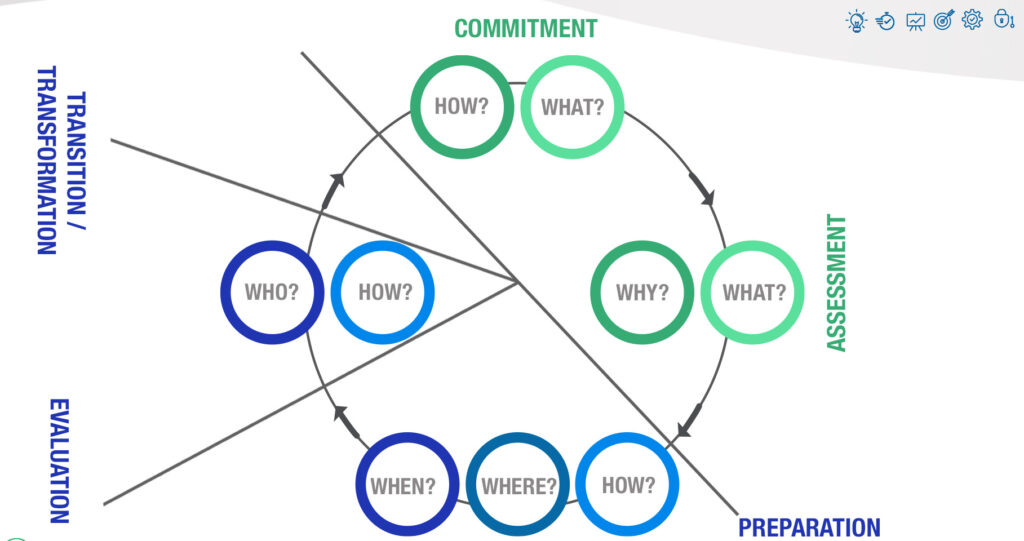
Why?
Why would you choose outsourcing in the first place? This question can be answered through the assessment stage. By that, we mean an internal assessment of the company’s goals and strategic objectives. A company could choose to outsource for growth, efficiency (best practice), innovation, talent, expertise, cost-saving, focus-improvement, availability, or quality.
For example; a company could be growing in business and there is a lack of talent pool to pick up the higher work volumes they’re experiencing to which an outsourcer would have no issue with.
Another example would be for a company choosing outsourcing to better focus on its core business while reducing its operational costs.
After the internal assessment of the company’s strategic priorities and calculating your cost as a company, which include: direct costs (salaries, employee benefits, software licenses, etc…), and indirect costs (infrastructure, management overheads, recruitment & training costs, etc.…). then you’ll either come to the conclusion of choosing outsourcing to meet these pre-set objectives or not.
What?
Another question that should be answered in the Assessment stage, is what will you be outsourcing? Which tasks? And how will these impact you positively towards the set objectives?
This step could be affected by different variables one of which would be whether you’re outsourcing certain functions as a whole or part of these functions. What will provide you with the competitive advantage? Companies, also, need to be aware of entities and government regulators’ rules – can functions be outsourced, from a regulator’s perspective?
For example; if you are outsourcing your customer service functions, you can choose to outsource all inbound calls, segment them by importance, or segment them based on what is permissible to outsource according to your regulatory rules.
Where?
The Outsourcing industry has grown significantly over the past years, and you now have multiple options to choose from that could take your business right where you wanna be.
- Onshore outsourcing: means that the service provider is located in the same country or region.
- Offshore outsourcing: indicates that the company you hired is in another country with a different time zone.
- Nearshore outsourcing: refers to your outsourcing partner in a neighboring country that is a short distance away.
They all have pros and cons. The real differentiator would be your own objectives and which would best suit it. For example: a company could choose to offshore its projects to access a global pool of talent and get a dedicated highly expert team at lower costs. However, for time-sensitive projects like IT outsourcing, some choose nearshore or onshore for better time proximity. So, as part of the preparation stage, you should decide where you’re going to outsource.
When?
The outsourcing decision should happen when the company figures out how it’ll manage its internal workflow after outsourcing specific tasks or all tasks to the outsourcer, especially if this is the first time for the company to team up with an outsource.
At FLINK we always recommend the internal team’s work with more focus on core business tasks for better overall ROI of the outsourcing experience. So, figuring that out would be considered an important part of the preparation stage.
There is, also, the risk of resistance from the internal team, or lack of cooperation, which will eventually lead to undermining outcomes.
The company has to be ready with technology, access to platforms, information security, training, and knowledge. The outsourcer, also, needs to have access to subject matter experts, in order to know whom to reach other than the single point of contact, if it is needed.
This brings us to our next big question which is How? Stay tuned for our next blog we will be discussing the How and Who in depth.
